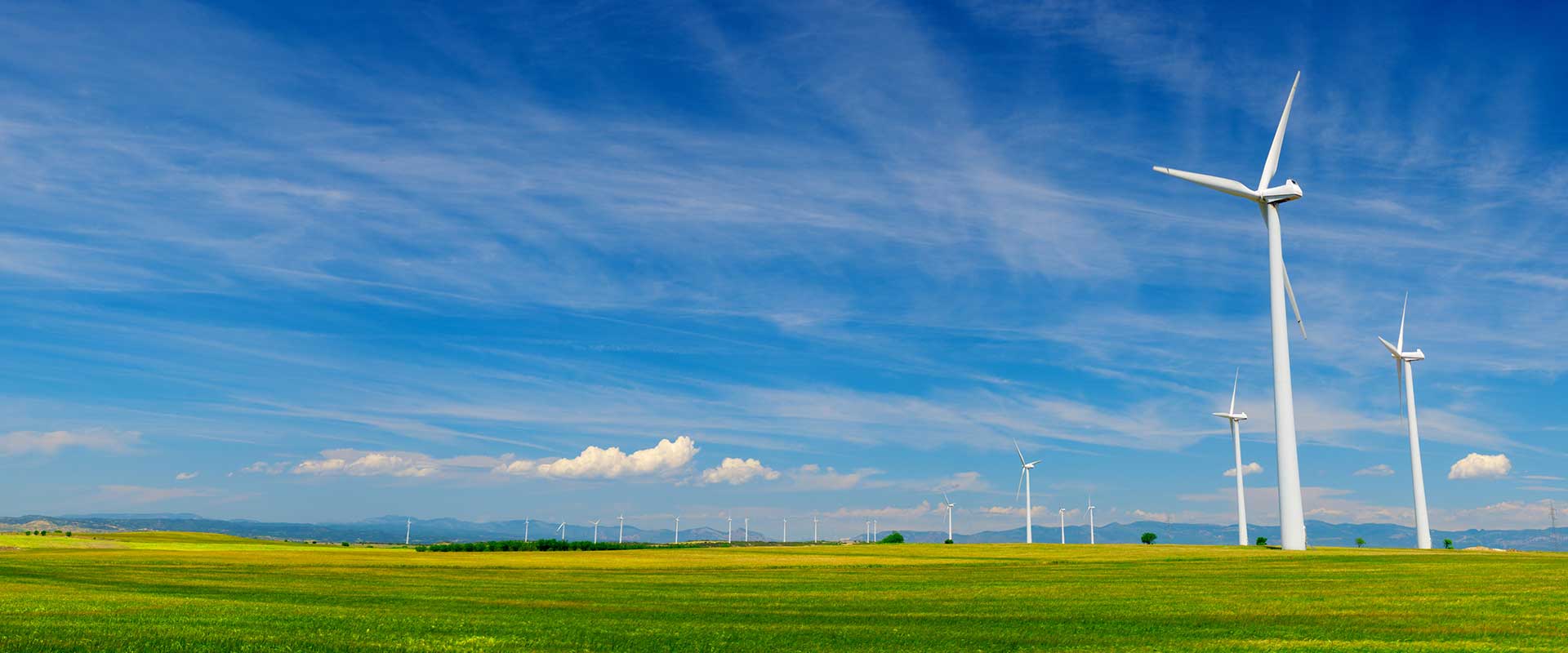
Wind Power: Capturing Clean Energy from the Air
In the quest for sustainable energy solutions, wind power stands as one of the most promising and rapidly expanding sources. This technology offers a clean, efficient, and sustainable alternative to fossil fuels. In this blog post, we’ll explore the basics of wind power, its benefits, and its role in the global energy landscape.
The Basics of Wind Power
Wind power is generated by converting the kinetic energy of wind into mechanical energy, which is then transformed into electrical energy. This process is accomplished using wind turbines, which are the primary components of wind farms.
Wind turbines can be found both onshore and offshore, with each location offering unique advantages. Onshore wind farms are more common due to lower installation costs and easier maintenance, while offshore wind farms benefit from stronger and more consistent winds, leading to higher energy yields.
Benefits of Wind Power
Wind power offers numerous benefits that make it a crucial component of the global shift towards renewable energy:
- Clean Energy Source: Wind power generates electricity without emitting greenhouse gases or air pollutants, making it an environmentally friendly option that helps combat climate change.
- Renewable and Sustainable: Wind is an inexhaustible natural resource. As long as the sun shines and the Earth rotates, wind will continue to blow, providing a sustainable energy source.
- Cost-Effective: Technological advancements and economies of scale have significantly reduced the cost of wind power generation. In many regions, wind energy is now cheaper than fossil fuels.
- Energy Independence: Wind power can reduce dependence on imported fossil fuels, enhancing energy security.
- Job Creation: The wind energy industry creates numerous jobs in manufacturing, installation, maintenance, and support services, contributing to economic growth.
The Role of Wind Power in the Global Energy Landscape
Wind power is playing an increasingly important role in the global energy mix. According to the Global Wind Energy Council (GWEC), the world added more than 93 GW of wind power capacity in 2020 alone. This growth is expected to continue as countries strive to meet their climate targets and transition to cleaner energy sources.
Several factors are driving the expansion of wind power:
- Government Policies and Incentives: Many governments are implementing policies and incentives to promote the development of wind energy, such as tax credits, subsidies, and renewable energy mandates.
- Technological Advancements: Innovations in turbine design, materials, and construction techniques are increasing the efficiency and reliability of wind power systems.
- Public Awareness and Support: Growing public awareness of climate change and environmental issues is driving demand for cleaner energy sources, including wind power.
- Corporate Commitments: Many companies are committing to renewable energy goals, leading to increased investment in wind power projects.
Challenges and Future Outlook
While wind power has many advantages, it also faces several challenges. These include issues related to land use, noise, visual impact, and wildlife disruption. Additionally, the intermittent nature of wind requires effective energy storage solutions and grid integration to ensure a stable and reliable power supply.
Despite these challenges, the future of wind power looks bright. Continued innovation and investment in the sector are expected to drive further cost reductions and efficiency improvements. As part of a diversified energy portfolio, wind power will play a crucial role in achieving a sustainable and low-carbon future.
Wind power is a vital component of the global transition to renewable energy. By harnessing the natural power of the wind, we can generate clean, sustainable, and cost-effective electricity. As technology advances and the world continues to prioritize environmental sustainability, wind power will undoubtedly play an increasingly significant role in meeting our energy needs while protecting the planet for future generations.
